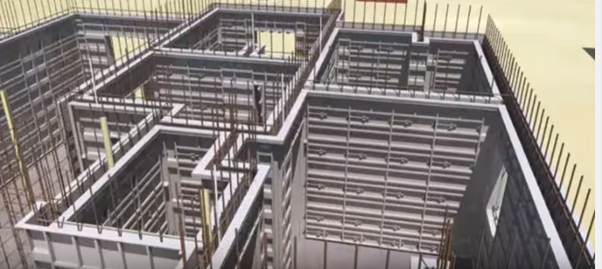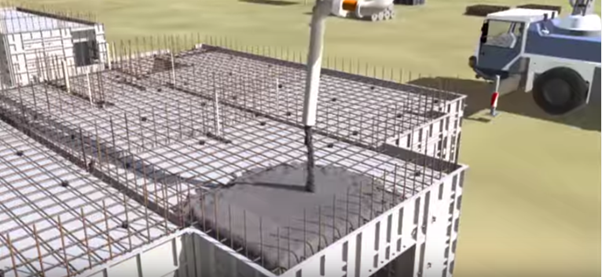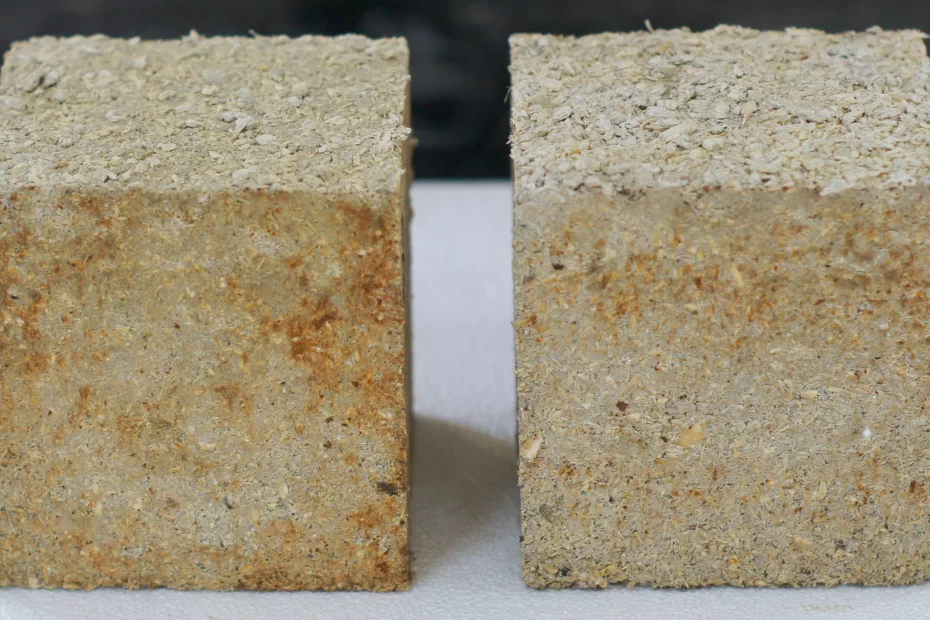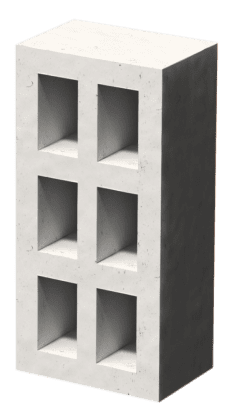‘Mivan Shuttering’ has been a godsend for the construction industry. That’s because Mivan technology enables extremely rapid construction, improves durability and earthquake resistance, and reduces wall thickness and increases carpet area in high rise buildings.
The Mivan construction technology essentially comprises a highly durable aluminium formwork fabricated in the shape and layout of the building including the walls, columns, beams, and slabs. It is extremely modular and uses the same formwork for all the floors of the building. The steel reinforcement is fixed within the formwork and concrete is poured into it to make the different members of the building.

When something sounds too good to be true, it is.
As good as Mivan construction sounds, however, there are some disadvantages:
High modularity comes at the cost of extremely low flexibility. The initial cost of making the formwork is prohibitive and therefore is only suitable for skyscrapers or extremely large sized projects. But those are not its biggest disadvantages. The proverbial cake is taken by thermal insulation.

Mivan construction technology uses reinforced cement concrete as its only material. Since the entire building is made with concrete and steel, both being materials that offer notoriously low thermal insulation, energy efficiency of such structures is almost zero.
What’s worse is that the entire external shell of the building is made with extremely thin concrete sections which transfer heat into the indoors very easily, given its high thermal conductivity. In fact, it’s only marginally better than sheet metal when it comes to thermal insulation.
Obviously then, when heatwaves occur, homes in such buildings will be rather similar to the depths of hell, which are constantly on fire…apparently. However, the problem is only made worse once you consider how we counteract this trait of Mivan construction.
Considering that people residing in such tall buildings would normally have access to air conditioning, the switch is turned on without caution, triggering a Catch-22: the hotter it gets, the more air conditioning we’d need, triggering an increased consumption of electricity, which would cause higher carbon emissions and global warming.
Further, a warmer planet will cause the onset of longer, and more frequent heatwaves, which would then further accelerate global warming and climate change because, of course, we will continue to crank up our ACs. All of this just because someone wanted to make a little extra money through a rather ill-advised construction technique.

The bigger picture
The built environment is already responsible for 45% of global carbon emissions. Almost 80% of those emissions occur because we need to heat and cool our buildings, which results in harmful CFCs and GHGs being released into the air. With Mivan construction, we not only end up needing higher heating and cooling, but we also increase the amount of cement, steel and concrete needed to make our buildings.
This trend would only cause a tremendous increase in the carbon footprint of the built environment. But most importantly, the planet would get so hot, worker productivity, human health and food production would dwindle exponentially.
It is time for you, as a homebuyer, to educate yourselves and ask what materials and technologies have been used. Ask your builders for carbon-negative and thermally insulating materials like Agrocrete®. We owe it to ourselves and the next generations.
As posted in Construction World



